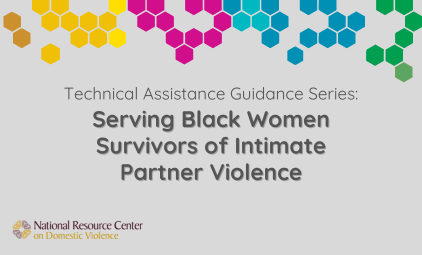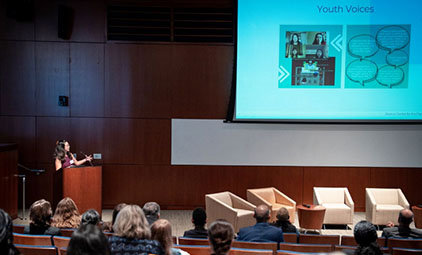Findings include involvement of alcohol, drugs, and weapons in violence both against and by Native Americans; victim-offender relationships and the offender's race; the rate of reporting to police by victims; and injuries, hospitalization, and financial loss suffered by victims.
The report highlights that Native Americans (whether male or female) are victims of violent crime at more than twice the rate of all U.S. residents. Nearly a third of Native Americans victimized are between ages 18 and 24; Native Americans in this age experienced the highest per capita rate of violent crime of any age or racial group in the U.S. At least 70% of violence experienced by Native Americans was committed by someone of another race; the report finds this interracial violence rate is similar to that experienced by Asian victims but much higher than for white or black victims.
Intimate and family violence was reported to account for about 9% of all violence experienced by Native American victims. In 75% of intimate and 25% of family victimizations, the offender was of a different race. Around 1 in 6 violence victimizations of a Native American had an offender who was an intimate or family member; this rate was about the same for victims of all races. About 9 in 1O Native American victims of rape or sexual assault had assailants of another race; a majority of these assailants were white.
Report sources include the National Crime Victimization Survey, the FBI Supplementary Homicide Reports, and BJS surveys of offenders on probation or in local jails or State and Federal prisons.{2/99 NCJ 173386}












